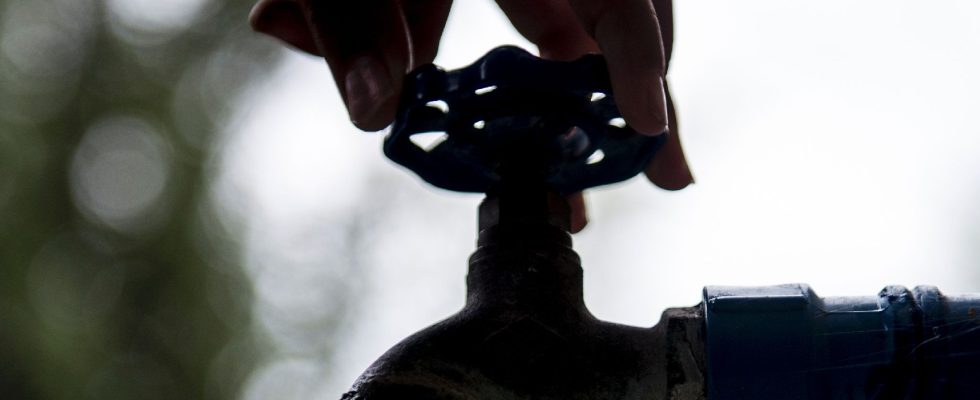While the weather in May is more like that of March, some French people are wondering: did the heavy rains fill the water tables? Is the risk of drought finally behind us? If only… In reality, the rains of the last few weeks have not helped much and the situation of the underground waterways remains much worse than last year at the same time.
In this month of May 2023, a very large majority of groundwater remains at worrying levels. In April, 75% of them were at moderately low or very low levels. As of May 1, 68% are still at moderate to very low levels, including 20% at very low levels according to the monthly report of the Bureau of Geological and Mining Research (BRGM). A significant improvement after a “accumulation of excess precipitation over a large part of the territory” in March and April 2023. But not sufficient.
The northern aquifers are better, degradation in the South
“The situation at the start of spring is more in deficit than last year”, when only 58% of the water tables were below normal in April, notes the geology office. This finding could predict an even drier summer than that of 2022, which had already marked an exceptional drought over a large part of the territory. Up to 95 departments (out of 100) were then subject to water restriction measures at the end of the summer, and water shortages persisted for several months in some departments.
However, unlike last year, France was particularly wet in March and April. Some aquifers – such as those of the Armorican Massif, the coast of the Channel and the Great East – have therefore benefited from a considerable improvement in their level. But these rains came after a particularly dry autumn and winter which prevented a good part of the water tables from being replenished, and following a summer which had already completely exhausted some of them. They also occur late in the season, when the spring vegetation has already emerged and absorbs a good deal of the humidity.
In the south of France, the rains infiltrated in depth “were insufficient or even non-existent”. Thus, the Roussillon aquifers “experience an unprecedented situation” with points displaying “historically low levels”, as well as the Provence and Côte d’Azur aquifers, notes the BRGM.
Restrictions are already increasing
A deterioration in groundwater levels is expected in the coming weeks. The geology research office anticipates that in May, “in the absence of sufficient rainfall, the draining should become general to all the aquifers. The levels should then remain low and the situation should deteriorate” more or less quickly depending on the region, placing a large part of France on drought alert.
According to announcements from the Ministry of Ecological Transition this Wednesday, May 17, 26 departments are already at very high risk of drought by the end of the summer. This risk is currently concentrated in the Paris region, the north of New Aquitaine and the Centre-Val de Loire, as well as all of south-eastern France (Occitane, Auvergne-Rhône-Alpes and Provence-Alpes -Cote d’Azur).
Twenty departments are also affected by decrees limiting the use of water, mainly in the South-East, such as Hérault or Vaucluse recently placed on heightened drought alert. Five departments have also already taken “crisis” orders, including almost all of the Pyrénées-Orientales and some basins of the Var, Gard, Bouches-du-Rhône and Loiret.
